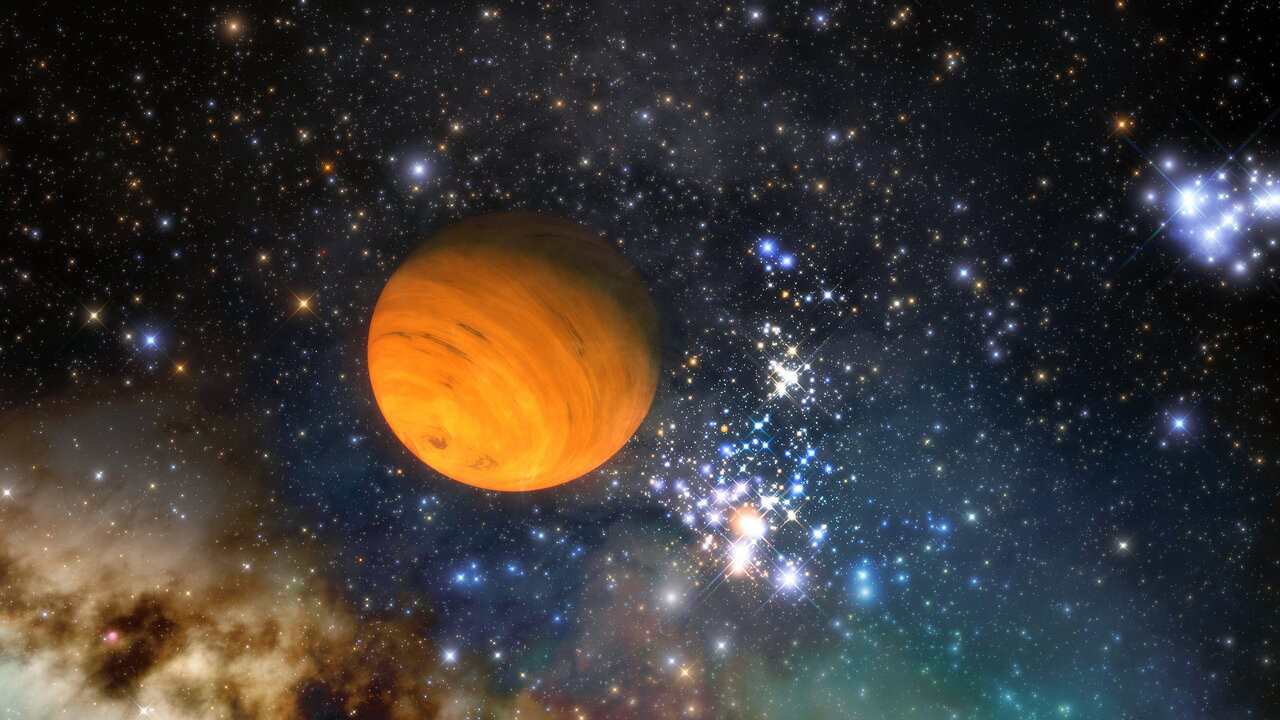
By Beth Johnson
This story was actually released right as we went on hiatus for the holidays, but I have been wanting to write about it ever since. In a paper published in Nature and led by Núria Miret-Roig, researchers detail the discovery of at least seventy free-floating planets in a region of the Milky Way known as the Upper Scorpius OB stellar association. And there could be as many as 170 planets hidden within the twenty years of observations the team analyzed.
Free-floating planetsare those planets that are not currently orbiting a star. We used to call them rogue planets, as they had gone rogue from their stellar system of origin, but since we don’t know how true that particular description is, the term was changed to ‘free-floating’. Of course, since these planets are not orbiting a star, they are also not reflecting or blocking a star’s light, nor are they gravitationally influencing a star’s orbit. And dark, cold objects are difficult to detect.
In the past, detecting free-floating planets involved microlensing, using the chance alignment of an exoplanet and a background star and detecting the gravitational distortion that bends the light around the planet. This project, however, sought out free-floating planets that were actually still hot enough to produce light in visible and infrared light that was detectable by very sensitive cameras on large telescopes, including the European Southern Observatory (ESO), the Canada-France-Hawaii Telescope, and the Subaru Telescope. The Dark Energy Camera was one of the instruments involved. Per the press release: Miret-Roig’s team used the 80,000 observations to measure the light of all the members of the association across a wide range of optical and near-infrared wavelengths and combined them with measurements of how they appear to move across the sky.
Miret-Roig goes on to explain: We measured the tiny motions, the colors, and luminosities of tens of millions of sources in a large area of the sky. These measurements allowed us to securely identify the faintest objects in this region.
As I mentioned earlier, why there are free-floating planets is a matter of debate. While being ejected from their parent system is one possibility to explain the existence of these elusive objects, another possibility is that they could have formed from the collapse of a very small gas cloud, one too small to make a star but big enough to create a large gas giant. This study and future discoveries will help us understand just how these exoplanets came to be and why they are alone (ish) in space.
Also, Miret-Roig notes: The free-floating Jupiter-mass planets are the most difficult to eject, meaning that there might even be more free-floating Earth-mass planets wandering the galaxy.
And now I will join Pamela in greatly anticipating first light for the Vera C. Rubin Observatory, which could detect even more of these free-floating planetary mysteries.
More Information
Isaac Newton Group of Telescopes press release
NOIRLab press release
Subaru Telescope press release
“A rich population of free-floating planets in the Upper Scorpius young stellar association,” Núria Miret-Roig et al., 2021 December 22, Nature Astronomy
This story was written for the Daily Space podcast/YouTube series. Want more news from myself, Dr. Pamela Gay, and Erik Madaus? Check out DailySpace.org.
This article was originally posted on medium.com.
Free-floating Planets Abound in Milky Way - SETI Institute
Read More

No comments:
Post a Comment